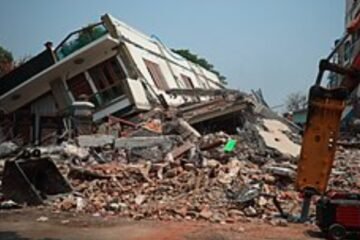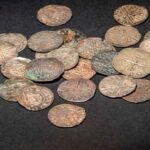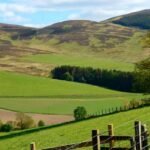Archaeologists in Glasgow are excavating Kelvin Wheelies, Scotland’s first outdoor skatepark, buried under rubble for decades in Kelvingrove Park. The dig, led by the University of Glasgow, started on August 25, 2025, and aims to uncover its history while collecting memories from former skaters.
This project highlights the skatepark’s role in Scotland’s skateboarding scene. Opened in 1978, Kelvin Wheelies hosted the nation’s first national skateboarding competition and drew crowds with its half pipe, bowls, and slalom run.
History of Kelvin Wheelies Skatepark
Kelvin Wheelies opened in May 1978 as a cutting edge spot for skateboarders. It brought California style skating to Glasgow, with features like a large half pipe that attracted visitors from across the UK.
The park charged just 20 pence for entry during summer holidays. This low cost made it popular among young people. Skaters remember it as a hub for fun and community.
By the 1980s, lack of upkeep led to its decline. The site closed and got covered in rubble and plants. Today, only small concrete pieces poke through the ground near the current skatepark.
Experts say this dig preserves a key part of modern Scottish heritage. It shows how skateboarding grew from a trend to a global sport.

The Current Excavation Effort
The University of Glasgow team, under archaeologist Kenny Brophy, runs the dig from August 25 to 29, 2025. They work with volunteers, students, and former skaters to survey and excavate the site.
Community involvement stands out in this project. People can share photos, videos, and stories for an online archive. This helps build a full picture of the park’s past.
Funding comes from the Society of Antiquaries of Scotland, with a grant of 1,102 pounds. The effort ties into Scotland Digs 2025, a program focused on public archaeology.
As of August 29, 2025, the team has uncovered parts of the original structures. They aim to assess the site’s condition and plan future work.
- Volunteers help remove rubble and document finds.
- Skaters from the 1970s and 1980s join to share firsthand accounts.
- Public visitors learn about the project on site.
Why This Dig Matters Now
Skateboarding has surged in popularity, especially after its debut in the 2020 Tokyo Olympics. This excavation connects past and present, showing the sport’s roots in Scotland.
Kelvin Wheelies represents a time when skateparks were rare in the UK. Its story mirrors global trends, from California’s influence to local adaptations.
The project also explores urban archaeology. Experts study how modern sites like this one fade into landscapes. This approach treats recent history with the same care as ancient ruins.
Recent events add context. In 2024, Glasgow hosted major skate events, boosting interest in its skating heritage. The dig taps into this energy, drawing attention to forgotten spots.
| Key Milestones in Kelvin Wheelies History | Year | Details |
|---|---|---|
| Opening of the skatepark | 1978 | Featured half pipe, bowls, and slalom run; hosted first national competition |
| Peak popularity | Late 1970s | Attracted skaters from across UK; entry fee 20 pence |
| Closure and burial | 1980s | Due to poor maintenance; covered in rubble and overgrowth |
| Start of excavation | 2025 | University of Glasgow leads dig to uncover and preserve site |
Community Response and Memories
Former skaters have shared vivid stories. Many recall the thrill of the half pipe and friendships formed there. One person described it as a radical spot that changed their life.
Social media buzzes with posts using the hashtag KelvinWheelies. People post old photos and call for the site’s revival.
The team encourages more input. Contact Kenny Brophy at the university or use social media to contribute.
This effort not only digs up concrete but also revives emotions. It shows how places like this shaped youth culture.
Future Plans for the Site
After the dig ends on August 29, 2025, the team will analyze finds. They plan to create a detailed report and expand the online archive.
Discussions include possible restoration or markers to honor the site. Local groups push for better preservation of skating history.
This project could inspire similar digs elsewhere. It proves that recent history deserves attention too.
Experts predict more interest in urban sports heritage. With skateboarding’s growth, sites like Kelvin Wheelies gain new value.
Share your thoughts or memories in the comments below. If you enjoyed this article, pass it on to friends who love history or skating.


















